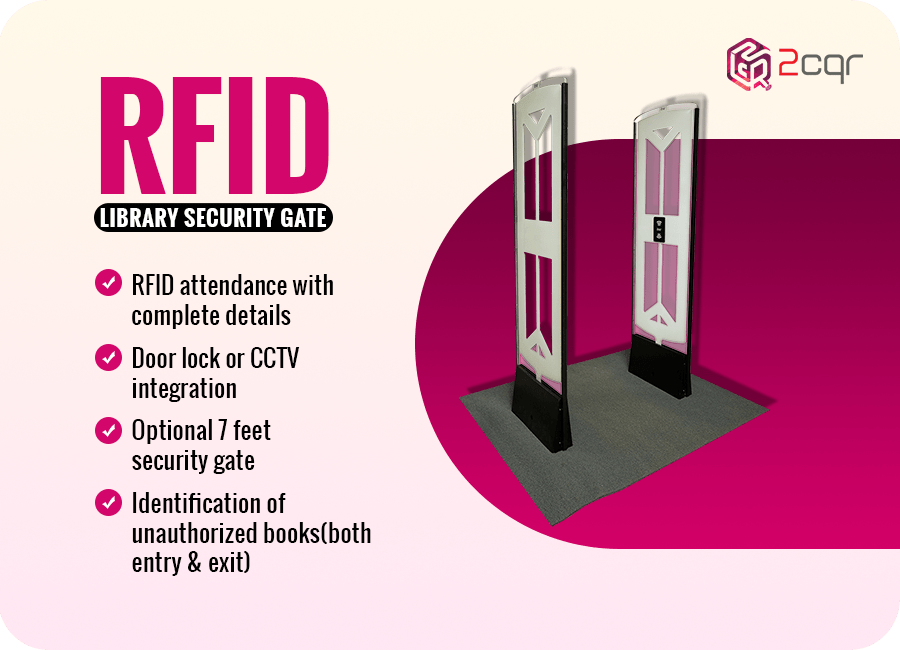
RFID technology has emerged as a powerhouse for automating library management, and the effectiveness of RFID in libraries amidst the rise of AI and machine learning is truly intriguing.
What sets RFID apart is its adaptability, scalability, and immediate impact on library operations, all achieved with remarkable efficiency and precision.
However, one of its most remarkable features is its ability to function independently of the internet, making it an ideal choice for modern libraries.
Understanding RFID:
RFID, or Radio Frequency Identification, is a technology that operates through radio frequency signals within specific bands. RFID in libraries designed to automate day-to-day library activities without relying on manual intervention.
How RFID Works:
The core of RFID technology in libraries relies on seamless communication between RFID tags and RFID readers. This communication allows the transfer of information to a database without the need for internet or network connectivity.
Tasks such as real-time tracking of library resources, inventory management, access control, triggering alarms for unrecorded checkouts, accepting returned books, and intelligent shelving can be accomplished without internet dependence.
When resources with RFID tags come into proximity with RFID readers, radio frequency signals activate the chips and transmit data. The reader then processes this data locally and communicates with a local database or Library Management System (LMS). This communication is localised and doesn’t require an internet connection. It empowers library staff to manage check-ins, checkouts, and the supply chain efficiently.
However, to unlock advanced features like data analysis and personalised recommendations, some level of network connectivity may be required. RFID technology provides libraries with a versatile solution that doesn’t hinge on Internet access, ensuring uninterrupted service and resource management.


